Dear virtual friends! 26.01.2021.
Today is Tariq's birthday! He is my wonderful and successful student. We celebrated him with the birthday song "Happy Birthday"Tariq gave everyone a Robot made of sweets.
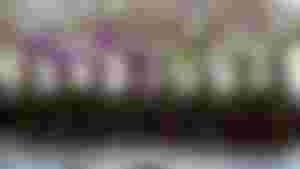
He was very creative. We had 30 robots and we were sorry to eat them.Tariq is a successful karateka, mathematician and painter.
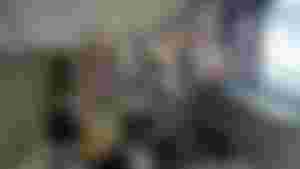
He has won countless international and national awards,Tomorrow is a holiday at the school. We celebrate the patron saint of the school. On the occasion of that day, the students drew beautiful drawings.I am proud of my students!

Saint Sava was a Serbian prince, monk, writer and the first archbishop of the independent Serbian Orthodox Church.

The life of Rastko Nemanjić
By supporting the authority of the patriarch of the then Constantinople, and today's Istanbul, he ensured the commitment of Serbian Christianity to the East. He also had a great influence on the cultural and artistic development of Serbia, especially on the development of Serbian medieval literature, writing chronicles about his father's rule.
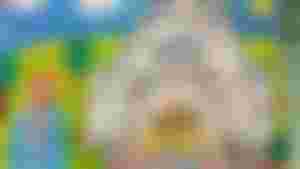
He was born in 1175 as Rastko Nemanjić, the youngest son of the great prefect Stefan Nemanja and Ana Nemanjić, the daughter of the Constantinople emperor Roman. As a child, he adored and regularly attended church services, and he was especially interested in icons. When he was 17, he met a monk and soon went with him to the monastery of St. Panteleimon on the Holy Mountain, leaving his father's house. He became a monk in that monastery in 1192, when he was named Sava.

In 1196, the great prefect Stefan Nemanja left his kingdom - Raska, and joined his son in the Studenica monastery, where he became a monk and was named Simeon. In the same year, Rastko's mother Ana left her previous life and became a monk, becoming Anastasia. Two years later, Sava and Simeon founded the Hilandar monastery on the Holy Mountain. Simeon died in 1199, and only a few months later he was proclaimed a saint.

At the beginning of the 13th century, Sava became a deacon and a priest of Hilandar, and then an archimandrite in Thessaloniki. When he returned to Serbia in 1207, he took with him the relics of his father, Saint Simeon, and thus reconciled with the previously quarreled brothers Stefan and Vukan. In the following period, during the first decades of the 13th century, the Serbian state flourished under the rule of Nemanjić. Namely, in 1217, Sava's eldest brother, Stefan, was crowned and thus became Stefan Prvovenčani, and in 1219, the ecumenical patriarch proclaimed Sava the first Serbian archbishop at the court of the Byzantine Empire, in Nicaea. Thanks to Sava, the Serbian Orthodox Church became an autocephalous, ie independent church that does not depend on other churches.

He traveled through Palestine, Syria, Persia, Babylon, Egypt and Anatolia, and in each of these areas he visited holy places, talked with great hermits and collected the relics of saints. In Trnovo, the capital of the Bulgarian kingdom, he fell ill and died on January 27, 1236.
After several unsuccessful attempts, King Vladislav finally succeeded in transferring the relics of Saint Sava to the Mileseva monastery, sometime around 1237. At the end of the 16th century, the Ottoman Turks burned Sava's relics on the Vracar embankment in Belgrade, where today is one of the largest Orthodox churches in the world, the Temple of Saint Sava.
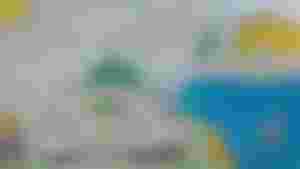
The legacy of Saint Sava is still present in the tradition of the Orthodox Church of the Slavic peoples. He is the greatest Serbian educator. He is a man who founded the Hilandar monastery and who, with his firm faith in God, also believed in people, connected them and illuminated their life paths. He is also important as the writer of the first Serbian Nomocanon, the Life of Saint Simeon, Studenički and Hilandarski tipik. Numerous songs and folk tales have been written about him, and the day of his death, January 27, was marked as a holiday of all schools and many Orthodox believers.
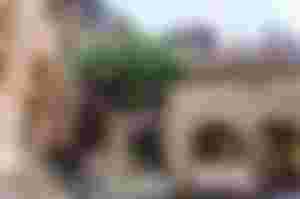
Miraculous lineage
1208, from the tomb of St. Simeona really sprouted a vine, outside all the laws of nature, from the land where the vine does not thrive. Over time, it also passed through the wall of the church, so in the last centuries, a special support was made for it from the outside of the church.
The first preserved written document related to the healing properties of vines and grapes dates from 1585. It says that the Turkish aga, who did not have a child, with the help of the lineage of St. Simeon had children. After ten years, he came with his eldest son to Hilandar to leave him there for good, saying: "I got this child from you, so I'm giving it back to you."
The monks of Hilandar answered him: "God gave you that child, to the prayers of our father Simeon, so let it stay with you, and you can express your gratitude to our monastery in some other way." Then Aga gave Hilandar a large estate not far from the Holy Mountain, where the convent of Hilandar, the monastery of Kakovo, was built.
Bibliography taken from Historical Entertainer. Last image taken from Google

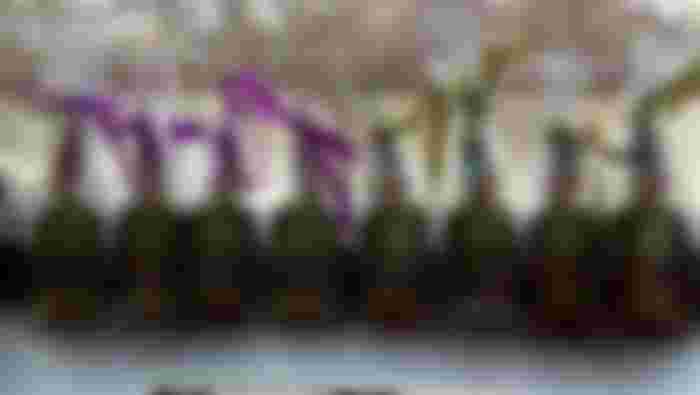
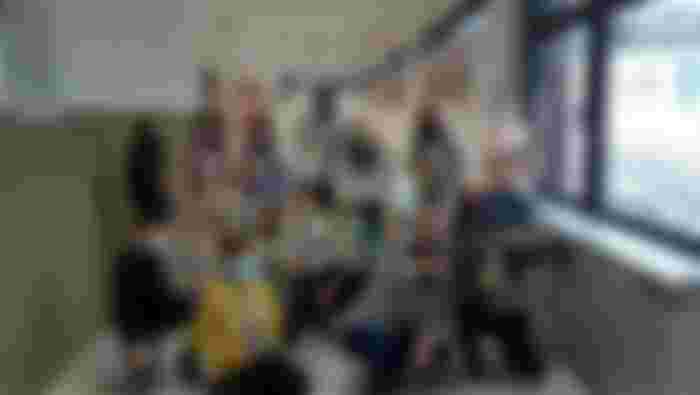
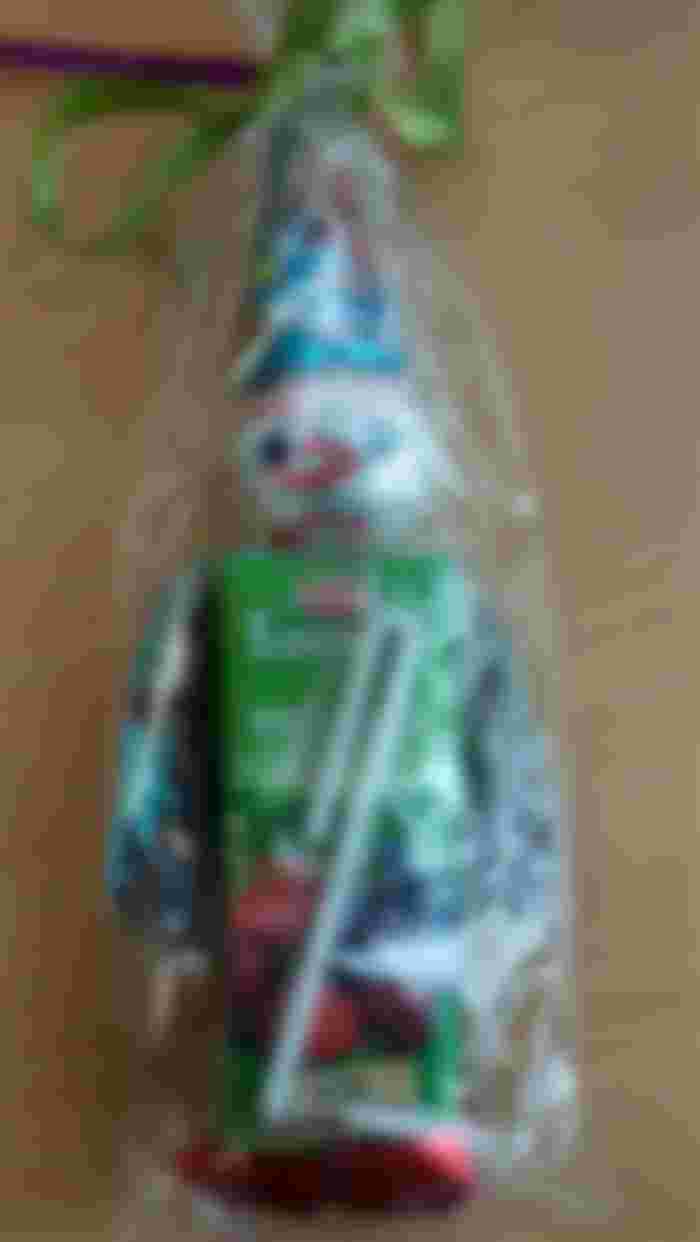
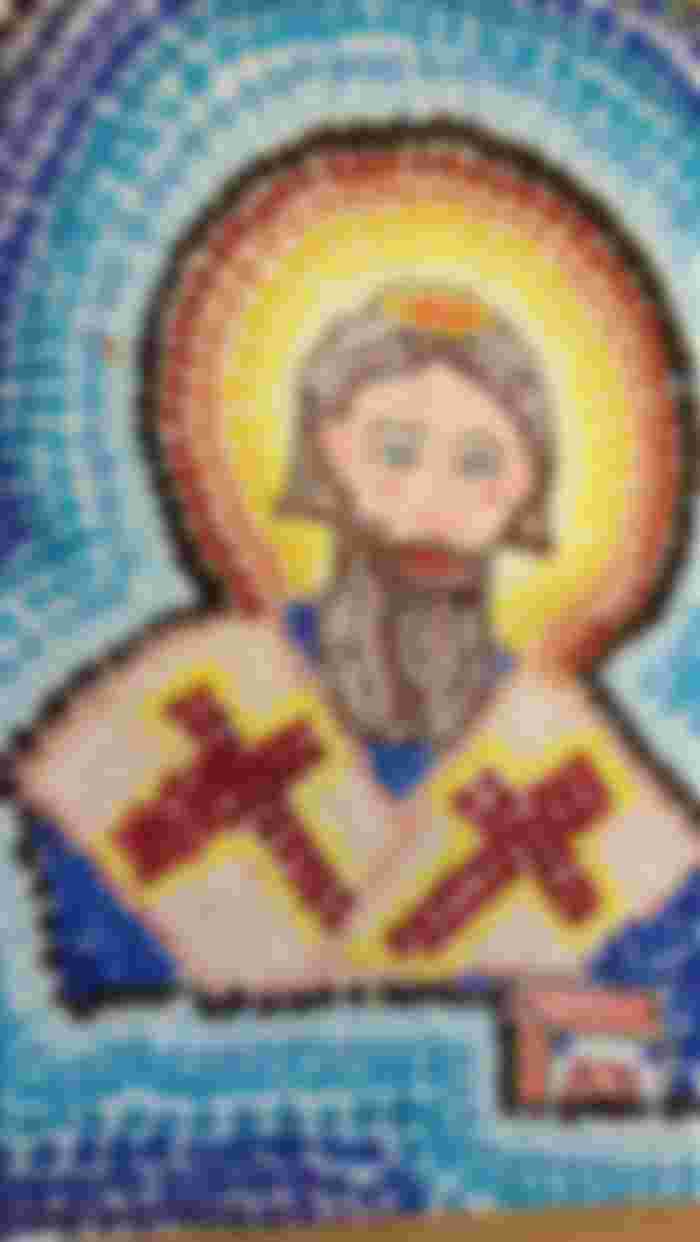
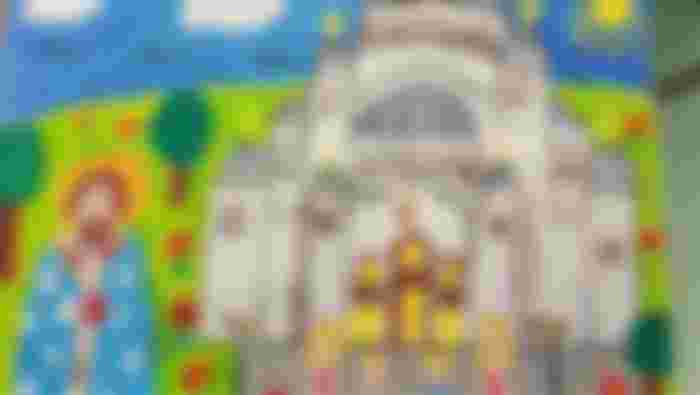

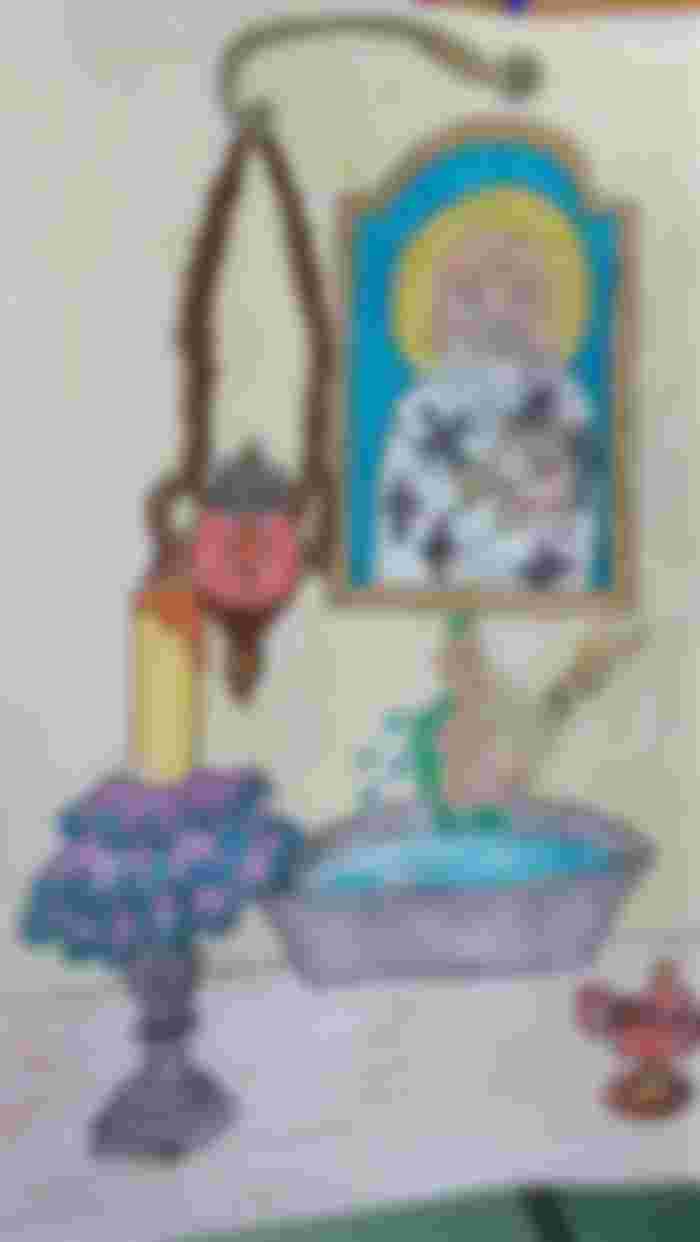
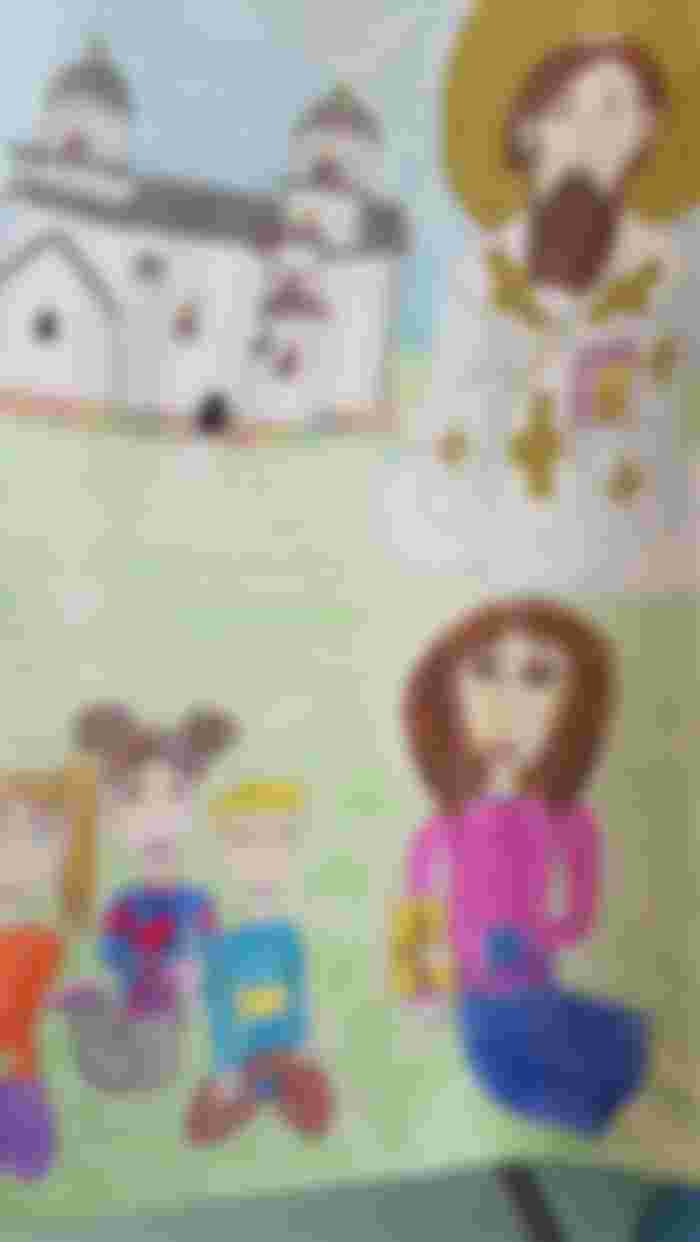
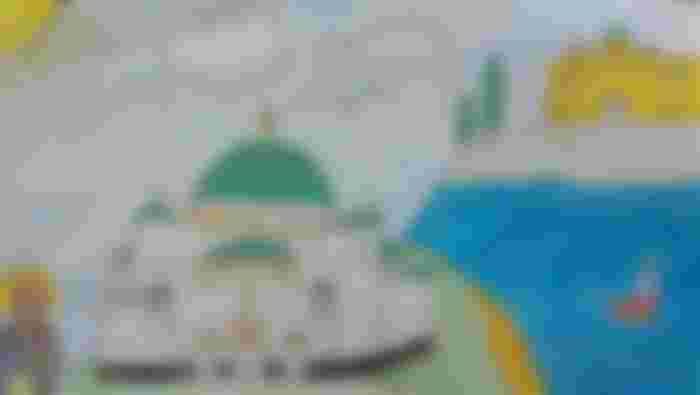
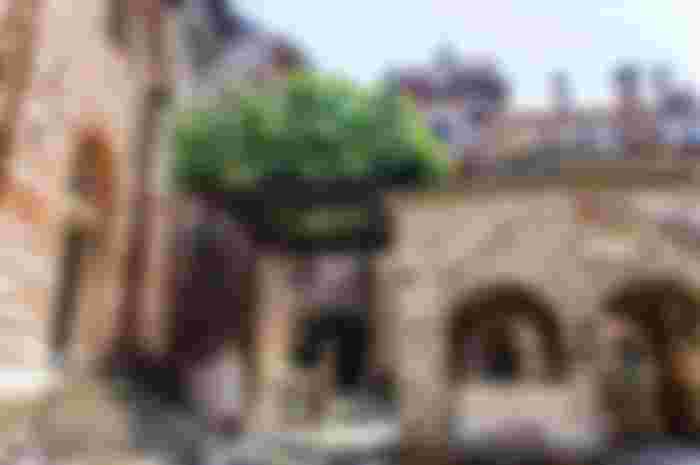

Happy Birthday to him.. I like how you made that packa of snacks.. Creative 😁